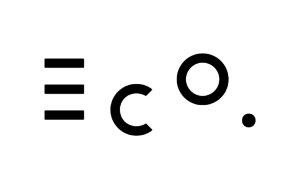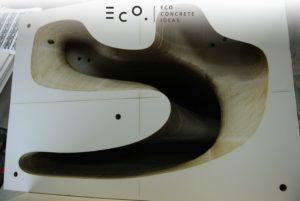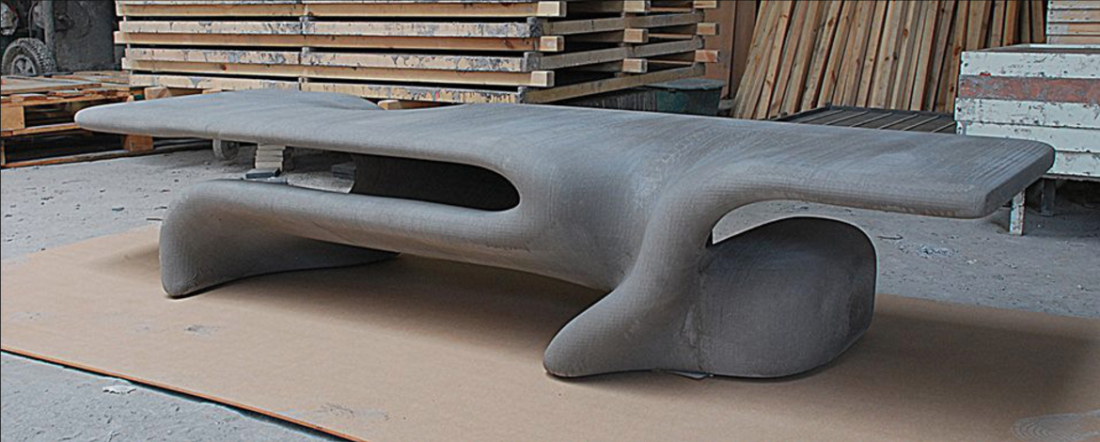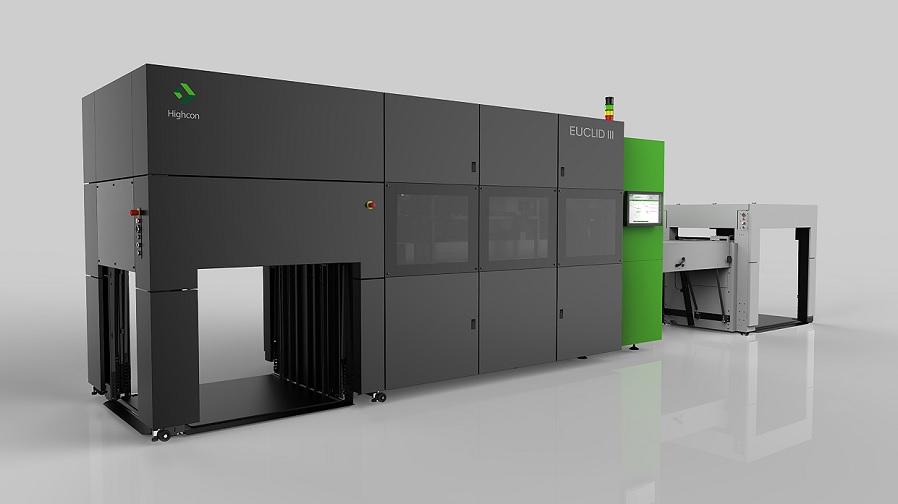 Concrete is one of the oldest methods of producing custom shaped stones or walkways, and it remains one of the most efficient and durable. The process has been used for thousands of years, and examples of early concrete structures have been discovered that date back to ancient Egypt, Greece and the Roman empire. While the methods, materials and additives used to make it have differed over the years, the various processes used to create concrete then are largely similar to how it is done in modern times. Today the remarkably strong and versatile material can be used to produce foundations, bricks and pavers, entire structures and buildings, and even furnishings and artwork.
Concrete is one of the oldest methods of producing custom shaped stones or walkways, and it remains one of the most efficient and durable. The process has been used for thousands of years, and examples of early concrete structures have been discovered that date back to ancient Egypt, Greece and the Roman empire. While the methods, materials and additives used to make it have differed over the years, the various processes used to create concrete then are largely similar to how it is done in modern times. Today the remarkably strong and versatile material can be used to produce foundations, bricks and pavers, entire structures and buildings, and even furnishings and artwork.
Because concrete starts out as a liquid, there are a surprising number of ways that it can be shaped and molded. Traditionally large wooden structures or molds would be built that could be easily removed once the concrete had set properly, and this method is still regularly used. However thanks to 3D design technology and something called Rapid Layer Manufacturing technology, concrete is being used in some pretty incredible ways. Israeli architectural concrete design firm Eco Concrete Ideas has discovered a way to use modern 3D technology to produce inexpensive, eco-friendly concrete molds that are capable of producing some truly stunning, large-scale concrete objects.
This amazing two-meter-long Morpheus bench was designed by the team at Eco Concrete Ideas and manufactured using Rapid Layer Manufacturing technology from Highcon, the company that just wowed at drupa unveiling their new Shape 3D printer. The Highcon Euclid III is a large-scale machine that converts 3D models into individual layers that can be cut to shape from paper materials. The paper constructs can be used to make large molds for shaping materials like concrete. These paper molds can be made faster than traditional mold making processes, at a considerable cost savings as well. They are also capable of producing shapes with complex geometries that are impossible using any other available manufacturing technology.
“The collaboration with Highcon, combining design and technology, unleashes a whole new world of potential freedom and creativity for architects and designers,” said the co-owner of Eco Concrete, Elad Gerufi.
The model for the Morpheus bench was made from a remarkable 4,000 individual layers of recyclable paper, and because the mold is made from paper products it was extremely easy to remove from the finished bench. Not only are paper molds made by the Highcon Euclid III faster and less expensive than a CNC machine, but they are also environmentally friendly. The recycled cardboard material used by the machine is held together by its own weight and the way that the paper is cut, so there is no need for an adhesive between the layers.
Using a Rapid Layer Manufacturing machine like the Highcon Euclid III allows companies like Eco Concrete Ideas to virtually eliminate the lead time needed to traditionally manufacture something like the Morpheus bench. The mold was produced by Skitza Print in Israel, which used their Highcon Euclid digital cutting and creasing machine to produce it in less than a week. In fact, the actual time that it took to print the mold was only a handful of hours. Once the mold was filled with concrete and it had set, the paper was simply torn away and sent back to be recycled to be used on a new mold. While the designers chose to leave the surface intact on the Morpheus bench, it would be easy to smooth the surface with simple post-processing techniques.
In total the project went from the first concept design of the bench to a completely finished product in an incredible three weeks time. While Eco Concrete Ideas explained that the complex geometry of the Morpheus bench wouldn’t have been possible using traditional manufacturing techniques, a similar design using conventional methods would have taken several months. The cost of producing the mold and the final product would also have cost them more than 10 times what it cost to produce Morpheus.
Here is a video showing the production and reveal of the Morpheus bench:
Eco Concrete Ideas and their process for manufacturing the Morpheus bench is being showed off in Taipei for the “Creative Roughness – Contemporary Israeli Design” exhibit at the World Design Capital Taipei 2016 event. The Morpheus bench will be on display from July 9th until August 14th, 2016. You can learn more about how Eco Concrete Ideas created their amazing bench on their website, and you can learn more about the Highcon Euclid III Rapid Layer Manufacturing machine here. Discuss further over in the Highcon Euclid III Rapid Layer Manufacturing forum at 3DPB.com.
Subscribe to Our Email Newsletter
Stay up-to-date on all the latest news from the 3D printing industry and receive information and offers from third party vendors.
Print Services
Upload your 3D Models and get them printed quickly and efficiently.
You May Also Like
Havaianas Collaborates with Zellerfeld to Launch 3D Printed Flip-Flops
The shoe of the summer is undoubtedly the flip-flop. Easy on, easy off, your feet won’t get sweaty because there’s not much material, and they’re available in a veritable rainbow...
UCLA Researchers Develop 3D Printed Pen that May Help Detect Parkinson’s Disease
Diagnosing Parkinson’s disease is difficult. Often, early symptoms of the progressive neurological condition may be overlooked, or mistaken for signs of aging. Early diagnosis can help save lives and improve...
Printing Money Episode 30: Q1 2025 Public 3D Printing Earnings Review with Troy Jensen, Cantor Fitzgerald
Printing Money is back with Episode 30, and it’s that quarterly time, so we are happy and thankful to welcome back Troy Jensen (Managing Director, Cantor Fitzgerald) to review the...
Heating Up: 3D Systems’ Scott Green Discusses 3D Printing’s Potential in the Data Center Industry
The relentless rise of NVIDIA, the steadily increasing pledges of major private and public investments in national infrastructure projects around the world, and the general cultural obsession with AI have...





































